Beauty and the Beast is one of the most beloved fairytales in Disney's catalog, and as such has spawned numerous versions, from the 1991 animated classic, to the 2017 live-action remake, to the recent 30th Anniversary TV special. It's a story that has a lot of fans and managed to stick with audiences even three decades later. It is often lauded as one of Disney's best and is praised for its humor, innovative animation, and gorgeous soundtrack. It's the hallmark of the Disney renaissance, where Disney Animation made a comeback and produced some of its most well-known films.
While the Disney version is very beloved, the original fairytale (written by Gabrielle-Suzanne Barbot de Villeneuve and later re-released with some changes by Jeanne-Marie Leprince de Beaumont) is very different in a lot of ways from the well-known story that Disney has presented. As usually happens with classic fairytales, the original story was much darker than the version that Disney presents. What exactly are these differences, and how do they change the story of Belle and the Beast?
Belle's Family
One of the first main differences between the original fairytale and Disney's version is the makeup of Belle's family. In the animated movie, Belle is an only child and is doted on by her father as such. In the fairytale, Belle (called "Beauty") has two older sisters and three brothers (though the sisters are the siblings that factor into the story the most. Beauty's sisters are jealous of her special relationship with their father, as he clearly favors her the most since she is the kindest of all of them. The sisters often mock Beauty for reading, and they blame their father's encounter with the Beast on the fact that Beauty requests that he bring her home a rose (rather than the jewelry and finery that her sisters asked for).
When Beauty eventually returns from the Beast's castle, the sisters notice that she is happy and has been living lavishly while away, which makes them jealous. They make her stay at the castle for longer than the Beast initially requested in hopes that it would annoy him enough that he would want to eat her. This doesn't work, of course, and the sisters are punished in the end by a good fairy who turns them into statues. In a way, the sisters act as the main antagonists of the story, taking the place of Gaston in the Disney version.
The Rose
The rose protected by a glass case is perhaps one of the most iconic symbols in Disney history. In the animated version, the rose acts as a physical representation of the love growing between Belle and the Beast, and acts as a countdown towards the curse being made permanent. However, in the original story, the rose is simply the catalyst for Beauty's father meeting the Beast. The father takes a rose from the Beast's palace garden in order to give it to Beauty, and when the Beast finds out about it, he is enraged and demands that either the father dies or sends one of his daughters to the Beast's castle in exchange for the rose, which is how Beauty ends up there in the first place.
The Curse
In the Disney animated version of Beauty and the Beast, the curse is caused by Prince Adam rejecting an old woman at his door, who turns out to be a sorceress that casts a curse on him, turning him into a monstrous beast and his staff into various household objects. In the original tale, the Prince was turned into a beast after his father died and his mother had to wage war to defend their kingdom. His mother left him in the care of an evil fairy, who tried to seduce him when he was older, and when he refused, turned him into the Beast. His curse could only be broken by finding true love, much in the same way that the Disney story goes.
The animated version, however, presents more of a moral tale, as the Beast became cursed because of his own actions and had to become a better person in order to find true love and break the curse, whereas the Prince's curse in the original tale is more of a tragic event that was out of his control. Also notably, there is no mention of the Beast's staff being cursed alongside him, only that he has birds and monkeys as companions in his palace. The anthropomorphic candlesticks and teapots were invented solely for Disney's version, and make a welcome addition to that particular story.
True Love
Beauty and the Beast is often heralded as a great love story (despite those who still try to make the tired and frankly incorrect observation that the relationship between Belle and the Beast is "Stockholm Syndrome"), and the Disney version is certainly quite romantic, from the obvious chemistry and connection between the two leads to the sweepingly romantic ballroom dance scene to the song "Beauty and the Beast".
The original version, however, isn't quite as dreamy. Beauty and the Beast actually don't have many interactions with each other, outside of the Beast's nightly requests for Beauty to marry him (which she always rejects). It's quite common for these classic fairytales to feel quite unromantic as the characters seem like they barely know each other, so it's always a good thing that Disney is able to ramp up the romance and create a story that can still be emotionally affecting even generations later.

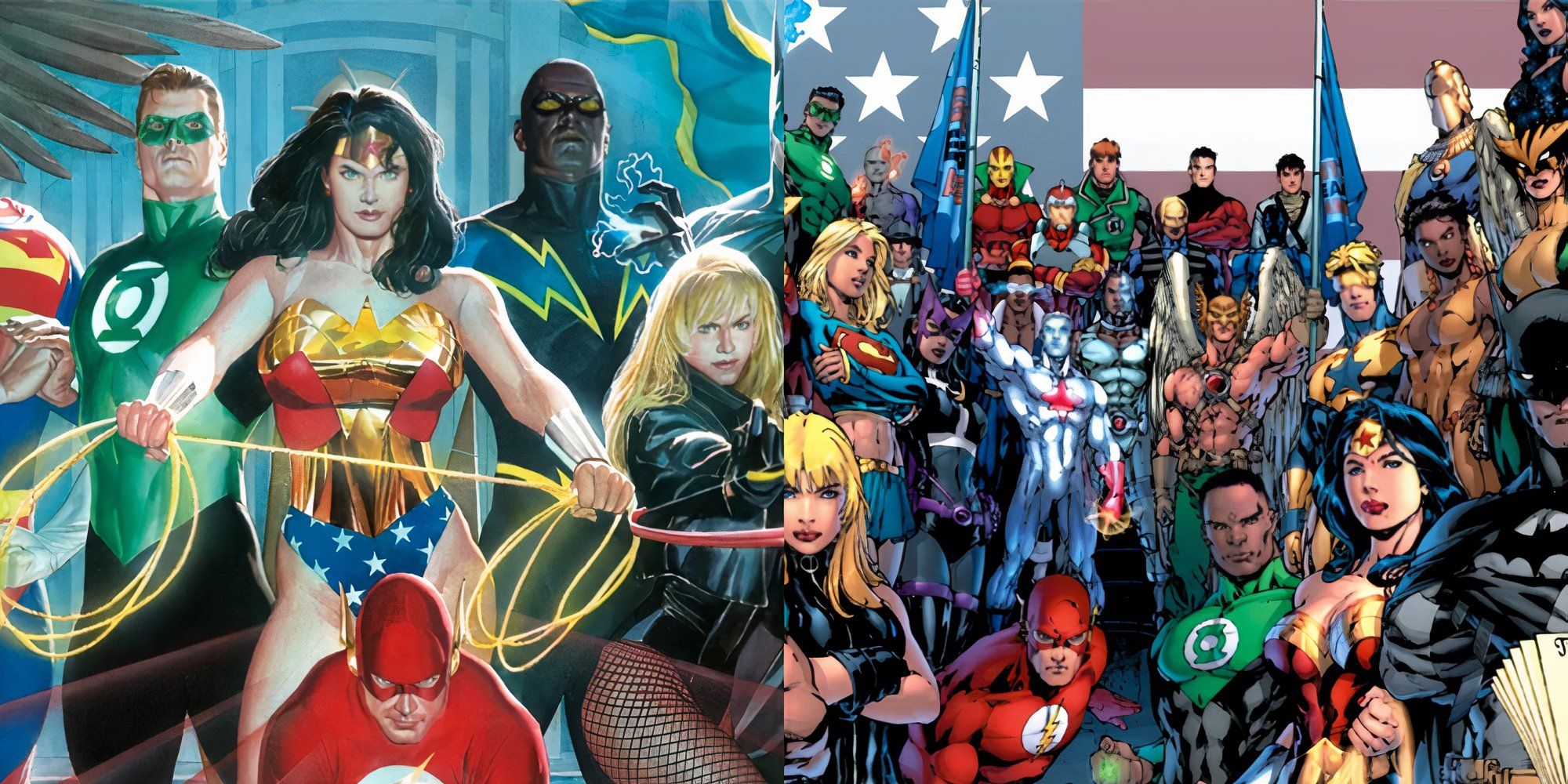
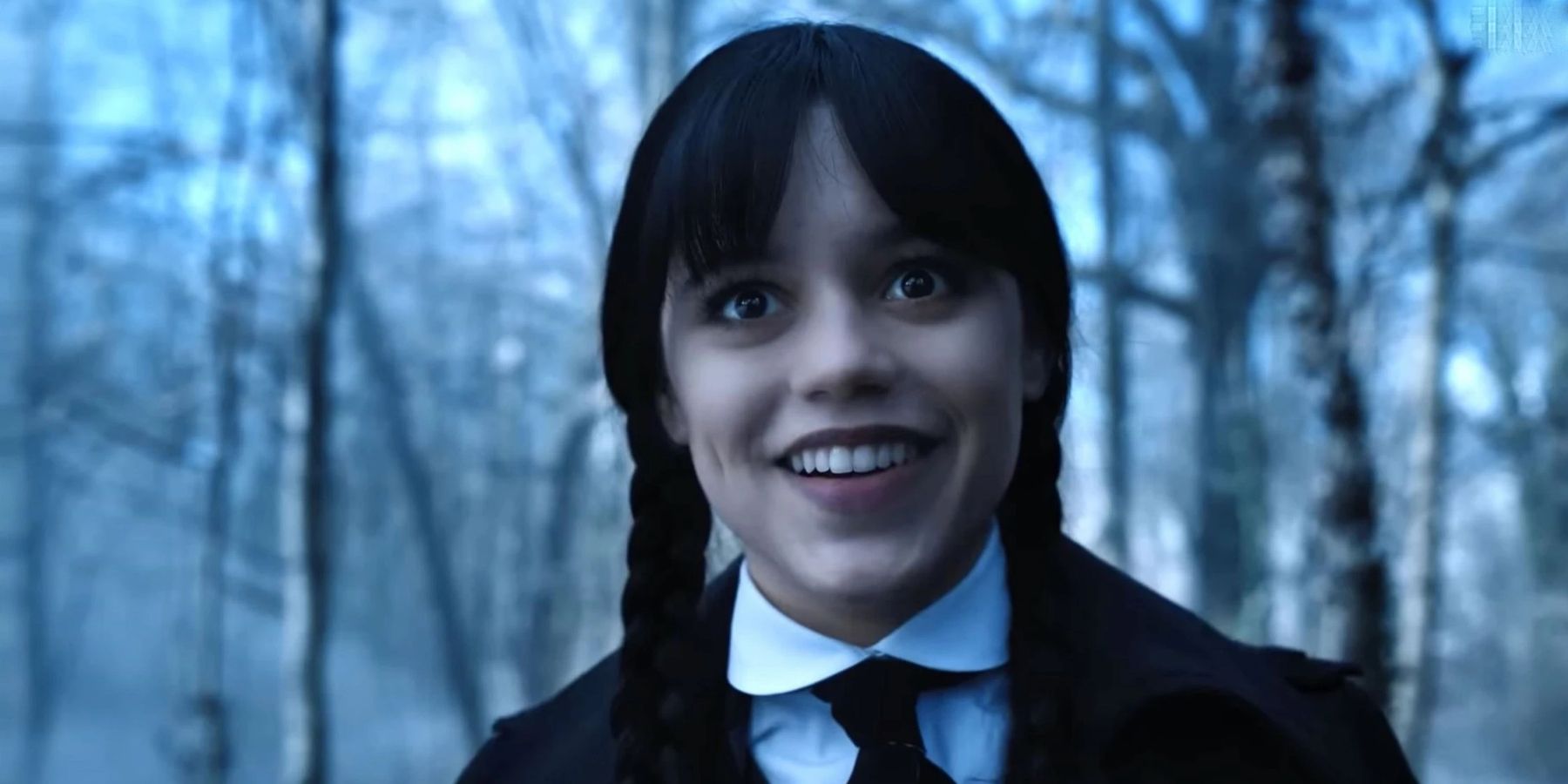
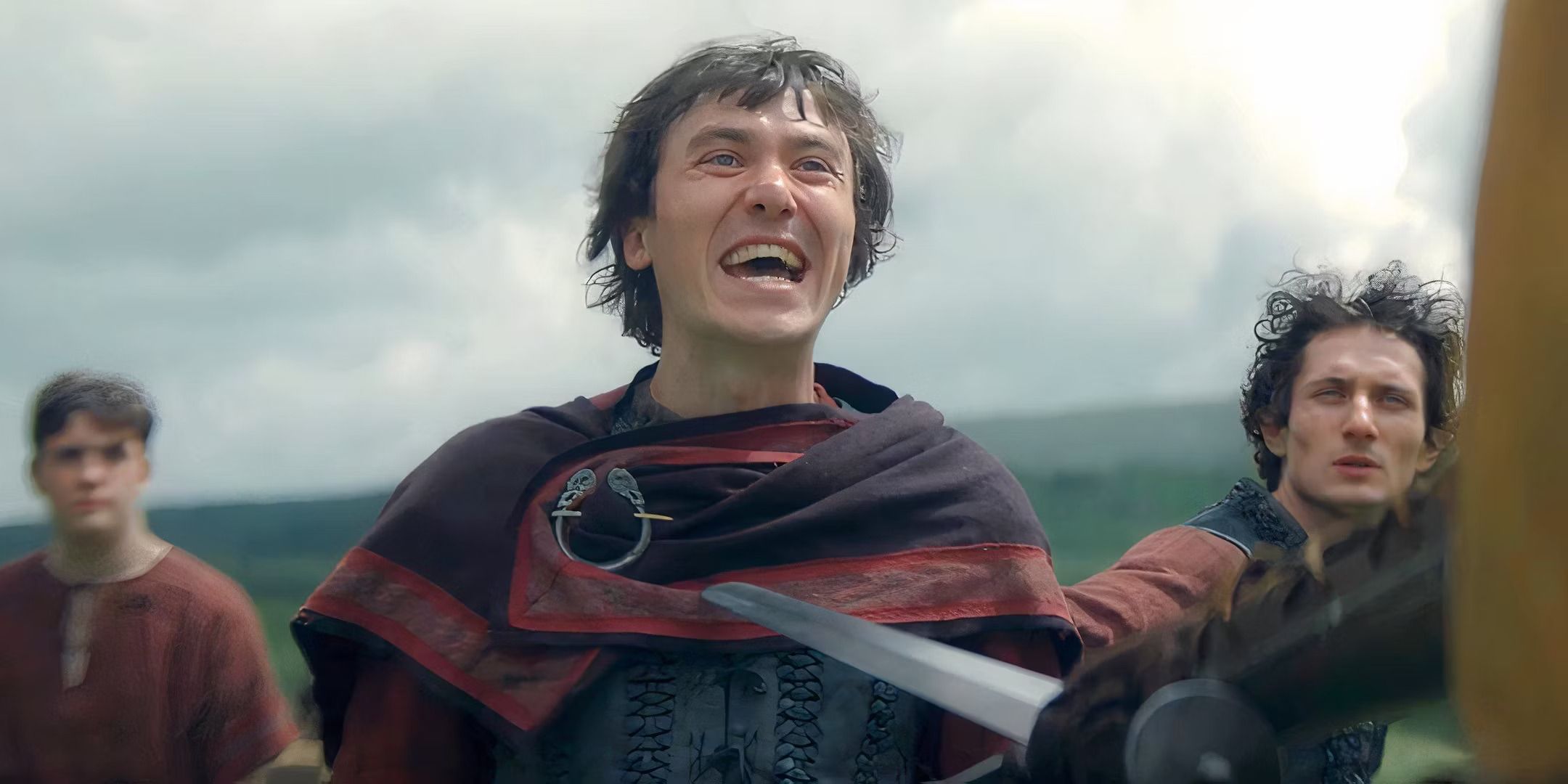

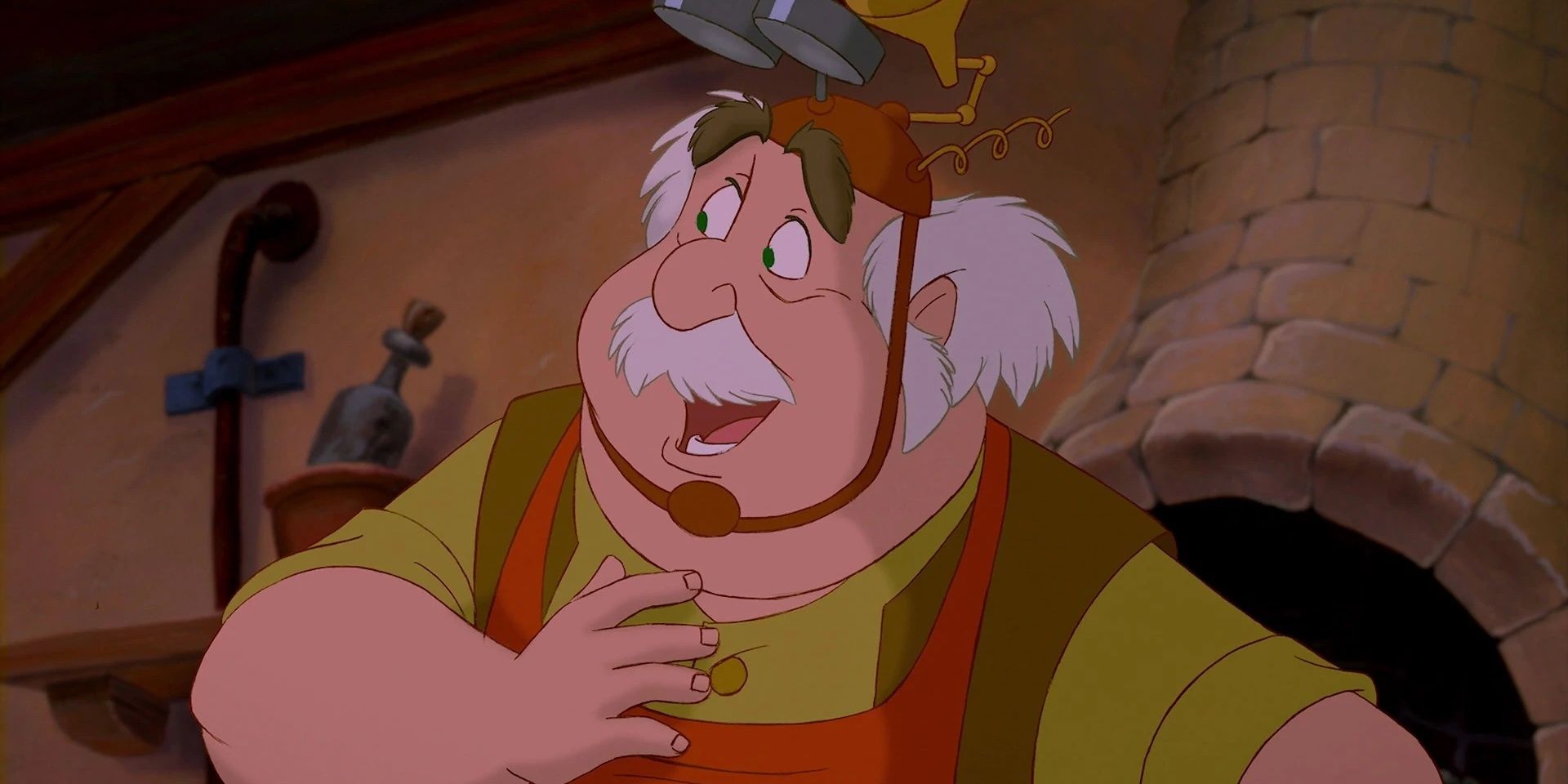
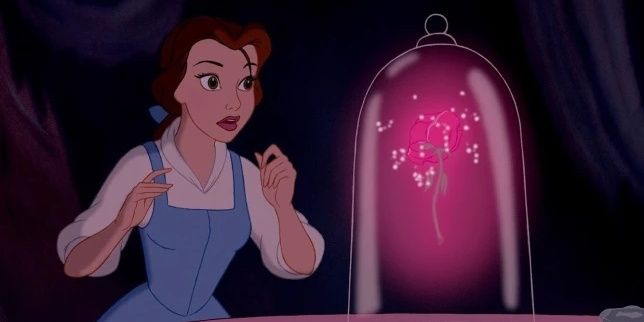
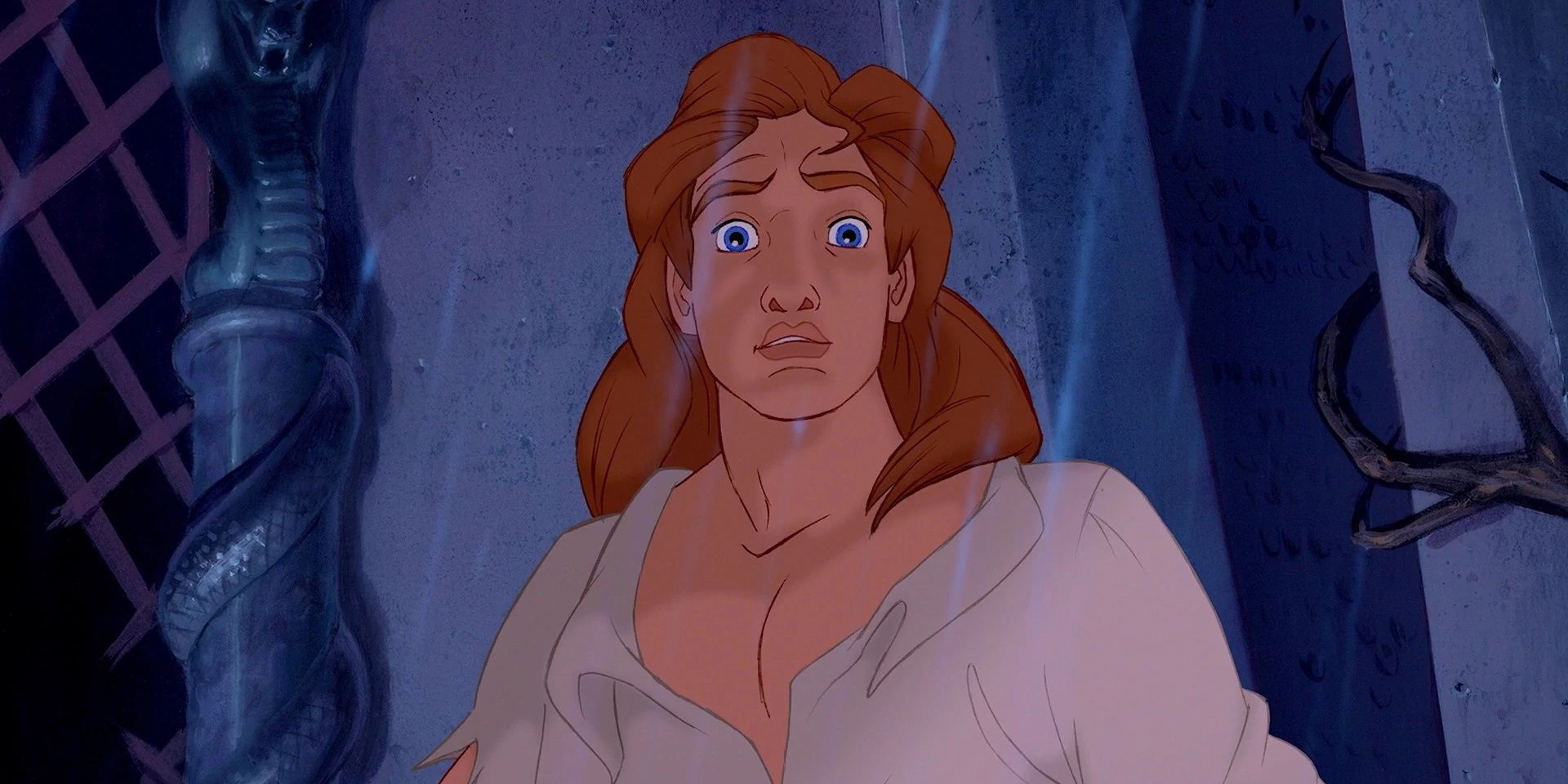
.jpg)